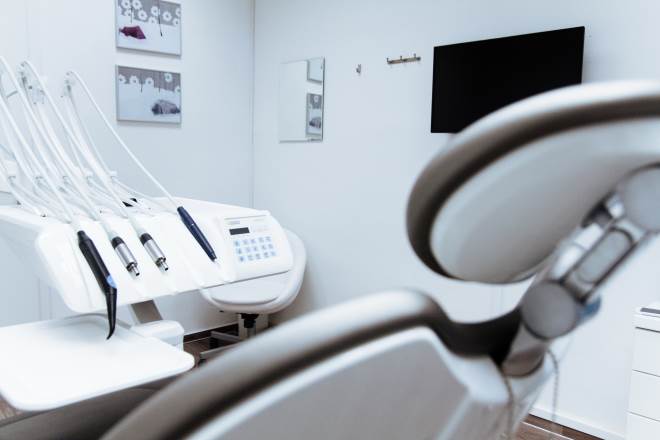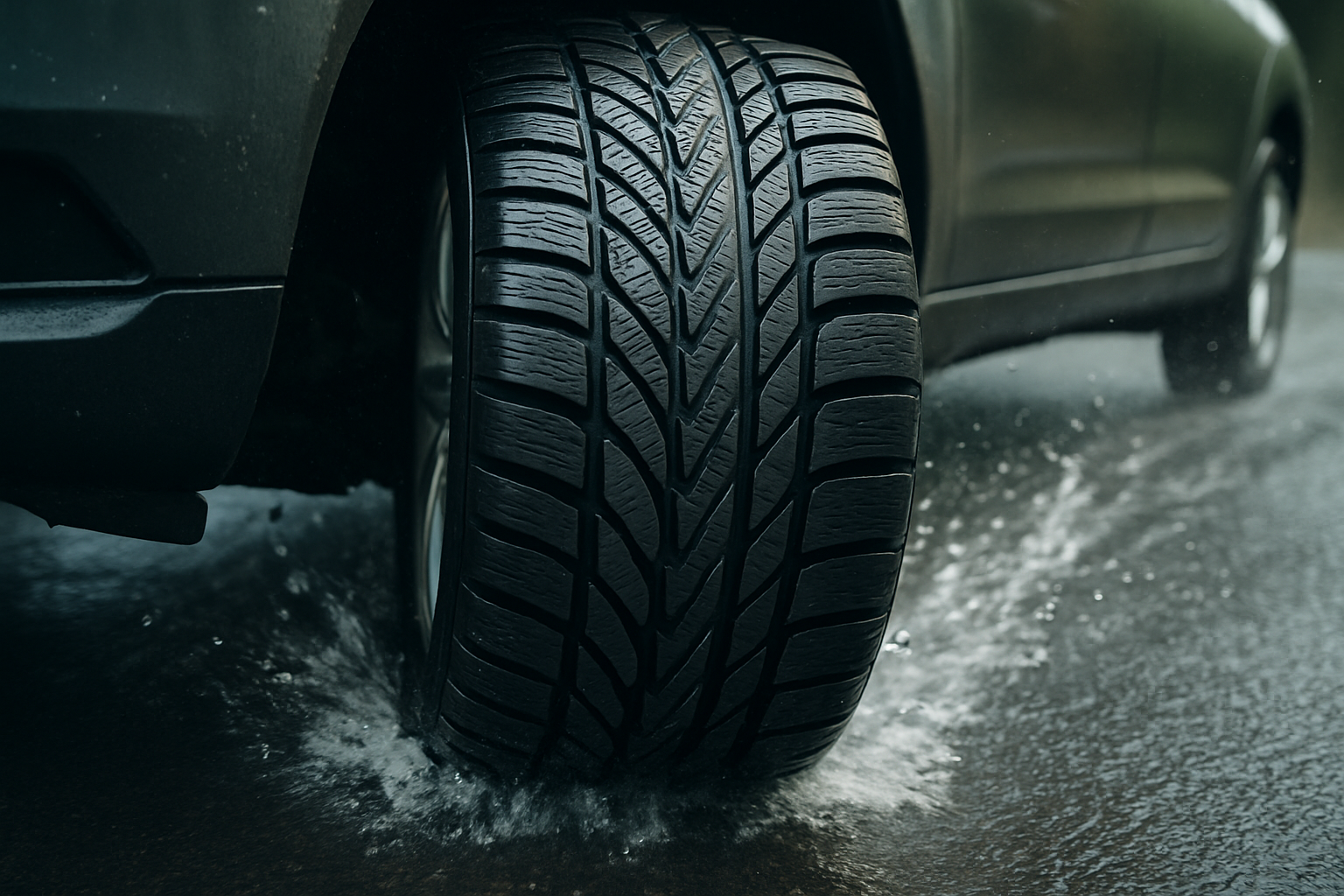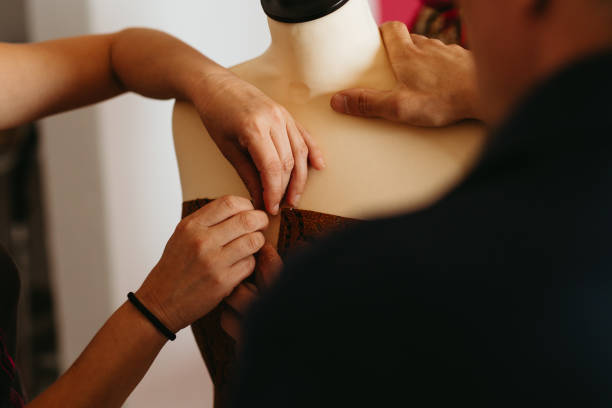What Are Screwless Dental Implants? A 2025 Overview
Discover how screwless dental implants function as an alternative to traditional screw-retained implants, offering aesthetic benefits by eliminating visible screw holes. This article covers their mechanism, advantages, patient suitability, and maintenance considerations to help you understand if they might be right for you.

How Do Screwless Dental Implants Work?
Screwless dental implants operate on a principle of friction-fit or press-fit technology. Unlike traditional implants that rely on screws to secure the implant to the jawbone, screwless systems use specially designed implant bodies that are gently tapped or pressed into precisely prepared sockets in the bone. The implant’s surface is typically treated to promote osseointegration, the process by which bone fuses directly to the implant, creating a strong and stable foundation for the prosthetic tooth.
The absence of screws simplifies the implant structure, potentially reducing the risk of mechanical complications associated with screw loosening or fracture. The prosthetic crown or bridge is then attached to the implant using various connection methods, such as friction fit or adhesive bonding, depending on the specific system used.
What Are the Advantages Associated with Screwless Implants?
Screwless dental implants offer several potential benefits over traditional screw-based systems:
-
Simplified procedure: The elimination of screws can streamline the implant placement process, potentially reducing surgery time and complexity.
-
Reduced risk of loosening: Without screws, there’s less chance of components becoming loose over time, which can be a concern with traditional implants.
-
Improved aesthetics: Screwless designs may allow for more natural-looking results, especially in areas where traditional implant screws might be visible.
-
Potentially less bone loss: Some screwless systems are designed to distribute forces more evenly, which may help preserve bone structure over time.
-
Easier maintenance: The simpler design of screwless implants can make cleaning and long-term care more straightforward for patients.
How to Determine Patient Suitability for Screwless Dental Implants?
Not all patients are ideal candidates for screwless dental implants. Suitability is determined by several factors:
-
Bone quality and quantity: Patients need sufficient bone density and volume to support the press-fit mechanism of screwless implants.
-
Overall oral health: Good oral hygiene and the absence of periodontal disease are crucial for implant success.
-
Medical history: Certain medical conditions or medications may affect healing and osseointegration, impacting implant suitability.
-
Smoking status: Non-smokers generally have better outcomes with dental implants of all types.
-
Bite forces: Patients with excessive grinding or clenching habits may require additional consideration.
A thorough evaluation by a qualified dental professional is essential to determine if screwless implants are appropriate for an individual patient’s needs and oral health status.
What Does the Screwless Implant Procedure Involve?
The screwless implant procedure typically follows these steps:
-
Consultation and planning: Detailed imaging and treatment planning to ensure precise implant placement.
-
Site preparation: Careful preparation of the implant site in the jawbone to match the implant’s dimensions.
-
Implant placement: The screwless implant is gently inserted into the prepared site, often using specialized tools to ensure proper positioning and initial stability.
-
Healing period: A time of osseointegration, during which the bone fuses to the implant surface.
-
Prosthetic attachment: Once healing is complete, the final prosthetic tooth or bridge is attached to the implant.
The entire process may take several months, depending on individual healing rates and the specific implant system used.
What Are the Maintenance Considerations and Potential Challenges?
Maintaining screwless dental implants involves similar care to natural teeth:
-
Regular brushing and flossing to prevent plaque buildup around the implant.
-
Routine dental check-ups for professional cleaning and assessment of implant health.
-
Avoiding excessive biting forces, especially during the initial healing phase.
Potential challenges with screwless implants may include:
-
Initial stability concerns: Proper initial stability is crucial for successful osseointegration.
-
Learning curve for dentists: Practitioners may need additional training to become proficient with screwless systems.
-
Limited long-term data: As a relatively new technology, long-term success rates are still being established compared to traditional implants.
-
Potential for implant loosening: While designed to be stable, there’s always a small risk of implant mobility over time.
Screwless dental implants represent an exciting development in implant dentistry, offering potential advantages in simplicity and aesthetics. As we approach 2025, ongoing research and clinical experience will likely further refine these systems, potentially expanding their applications and improving outcomes for patients seeking tooth replacement solutions. Patients considering dental implants should consult with a qualified dental professional to determine the most appropriate option for their individual needs and oral health situation.
This article is for informational purposes only and should not be considered medical advice. Please consult a qualified healthcare professional for personalized guidance and treatment.




